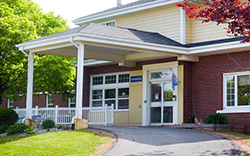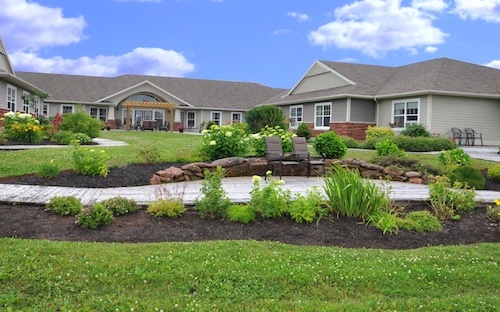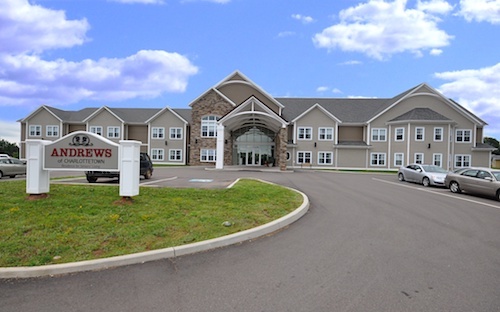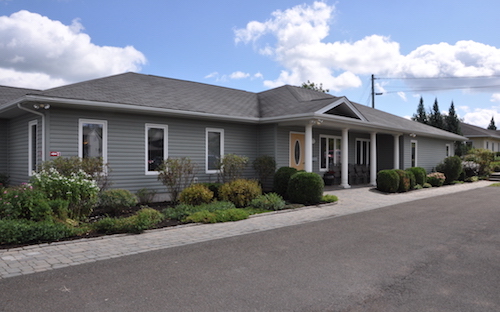The first time senior care resident Norma Paynter saw someone use a sensory blanket was after she moved into Andrews of Summerside.
She was in line at a social function standing behind a man in a wheelchair. He had a blanket draped over his legs. He folded it, opened it, closed it and played with a knot in one end. He did this for an hour.
At the time, Norma didn’t realize the significance of the blanket but saw it brought the man comfort. It was behaviour she recognized in her friend, who has Alzheimer’s.
“I knew she couldn’t sit still, but I didn’t realize the intensity of it,” she said.
In the time since seeing the man in the wheelchair with his blanket, Norma came to better understand the importance sensory items can have for people living with dementia. Many people living with a diagnosis of dementia or Alzheimer’s become easily agitated. Sensory items, like blankets or anything they can safely fidget with, can relieve that discomfort.
So, when Andrews of Summerside’s program coordinator Annelize Malan asked for volunteers to help with a project making sensory aprons for long-term care residents, Norma put her name forward.
“Hopefully I’m doing something to help somebody,” she said. “Maybe me later. Who knows?”
The project involved sewing various sensory items to aprons, which can be safely worn by long-term care residents.
“There are so many different types of touch quilts and activity mats out there but unfortunately you see so many times when you walk past a resident’s room that these touch quilts are lying on the floor,” Annelize said. “It’s not safe to keep it on with a safety pin, so we needed to find a way to keep in on a resident without it ending up on the floor. I was looking on the internet and I came across the apron.”
The group of senior care volunteers, led by Annelize, spent two days in early June pinning and sewing items to 10 standard kitchen aprons.
“We had all different abilities and people helping us,” Annelize said. “Some pinned down, some were sewing, some were working with the (sewing) machine.”
In addition to the direct benefit of helping the long-term care residents, the volunteers had fun tapping into old skills and socializing with each other.
“It really looked like the residents were enjoying it,” said Annelize. “It felt like they were accomplishing something. A lot of them have not done any needle work in a long time and they were very impressed with how they can sew again and thread a needle. It was all good for them.”
Norma was glad she signed up to help.
“It was fun,” she said. “We had one or two (residents) who liked to crack one-liners and keep things stirred up.”
Given the value the aprons can add to a person with dementia’s quality of life, Annelize would like to see more made in the months and years ahead.
“There’s a lot of institutions and places that would benefit from having this,” she said. “If it’s something we can grow bigger and do in the community, that would be awesome.”







